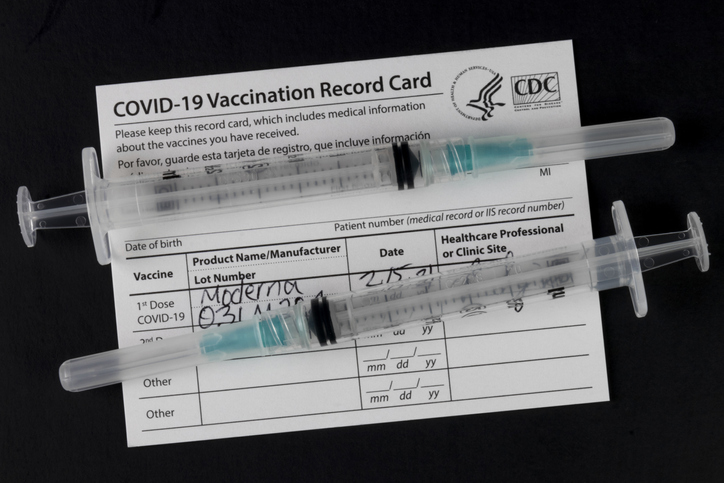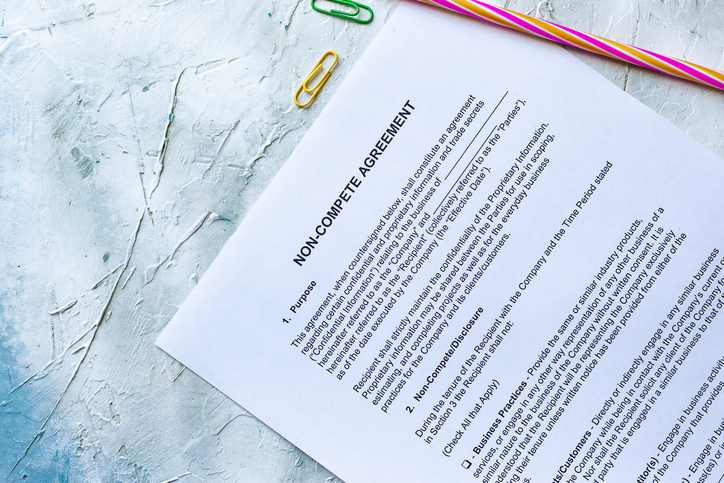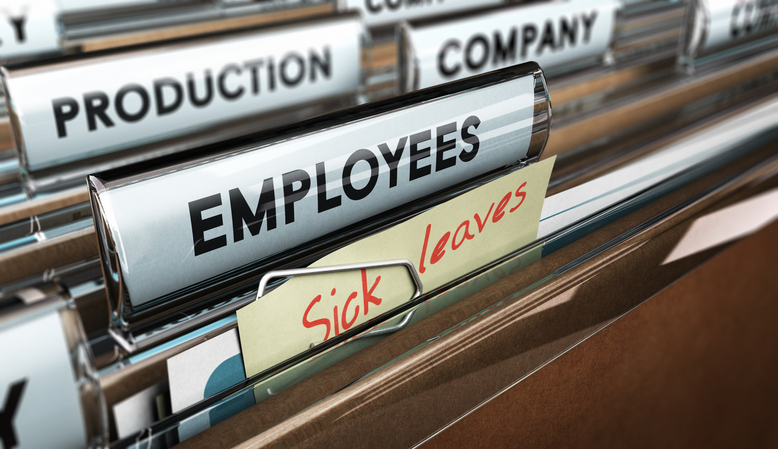**UPDATE** August 3, 2021 — – Bay Area Reinstates Indoor Masking For All, Regardless of Vaccination Status
***
**UPDATE** July 16, 2021 — – Los Angeles County Reinstates Indoor Masking For All, Regardless of Vaccination Status
The Los Angeles County Department of Public Health announced on Thursday, July 15, 2021 that, due to rising cases of the COVID-19 Delta variant in the County, it will issue a new Health Officer Order mandating masking for everyone while indoors in public spaces, regardless of vaccination status.
The new masking order will take effect at 11:59 p.m. this Saturday, July 17, 2021, and will remain in place for the foreseeable future.
Employers with operations in Los Angeles County should immediately review their policies and practices to ensure all employees are masking up indoors while in the presence of others, in light of this latest order.
We will continue to provide updates on this issue as more information becomes available.
***
**UPDATE** June 29, 2021 — New Masking Recommendations for Los Angeles County.
On June 28, 2021, due to growing concern about the Delta variant, Los Angeles County issued a recommendation that everyone mask up “in settings such as grocery or retail stores; theaters and family entertainment centers, and workplaces when you don’t know everyone’s vaccination status.”
Employers who are not yet able to confirm full vaccination status for all individuals together in indoor settings should consider following the World Health Organization and Los Angeles County Public Health recommendations to have everyone continue to mask up until we know more about the dangers posed by the Delta variant.
***
**UPDATED** June 21, 2021 — As anticipated, the Cal/OSHA Board voted June 17, 2021 to adopt revisions to its COVID-19 workplace regulations, which include major changes to masking and physical distancing requirements as described in our June 16 blog post (below). Following the Board’s adoption, Governor Newsom signed an Executive Order making the changes effective immediately.
Cal/OSHA has published initial guidance regarding these regulations via these FAQs.
We will continue to provide updates on this issue as more information becomes available.
***
June 16, 2021 — Cal/OSHA has released another round of highly anticipated changes to its emergency COVID-19 workplace health and safety regulations (or ETS), heeding clear instruction from its Board last week to provide consistency with the significantly more relaxed masking and distancing protocols that became effective June 15, 2021 in California.
These updates, which are expected to be adopted at the Board’s June 17, 2021 meeting, incorporate the Board’s guidance and include several key departures from regulations currently in place, such as:
- Fully vaccinated employees would no longer be required to wear a mask at work, and unvaccinated employees would need to wear one only while indoors when in the presence of others.
- Employers would be able to do away with all measures implemented to maintain physical distancing, including removing previously mandatory partitions.
- Employers would be required to make approved respirators (e.g., an N-95 mask) available to unvaccinated employees upon their request.
- Employees who are either fully vaccinated or naturally immune to COVID-19 (through prior exposure and contraction of the virus) who have a COVID-19 exposure and are asymptomatic would not need to be excluded from the workplace.
- Employers would be required to offer free testing to all unvaccinated employees exposed to COVID-19 regardless of whether the exposure occurred at work.
- Employers would need to provide notice of potential exposure to all employees at a worksite where a COVID-19 case was present.
- Employers will need to provide training to employees that includes information about the availability and correct usage of respirators and about access to and effectiveness of vaccinations.
- While regular cleaning of PPE and other general office supplies will still be required, employees will now be permitted to share these items.
These changes are expected to become effective by June 28, 2021, and possibly as soon as June 17, 2021, if Governor Newsom acts on his expressed intention to accelerate the timeline via an Executive Order.
Employers should carefully review their policies in light of these significant changes, explained in greater detail below:
FACE COVERINGS
Fully Vaccinated Employees no longer need to wear face coverings in the workplace (unless the employer is experiencing an “outbreak” where three or more employees test positive for COVID-19 over a 14-day period).
An employee is fully vaccinated when the employer has documented that at least two weeks have passed since the employee’s final dose of an approved COVID-19 vaccine. Appropriate vaccines include only those approved or under Emergency Use Authorization by the FDA. However, for employees vaccinated abroad, a vaccine listed for emergency use by the World Health Organization is also acceptable.
Unvaccinated Employees: While no longer required to wear a mask in outdoor settings, unvaccinated employees must continue to wear face coverings indoors unless they are alone, are eating or drinking, or are otherwise exempt from wearing a mask due to a medical condition or while performing a task that would be unsafe to complete with a mask.
Keep in mind that for the purposes of these requirements, a face covering means a surgical or medical procedure mask, a respirator, or a woven fabric mask of at least two layers. Scarves, ski masks, bandanas, turtlenecks, or a single layer of fabric are no longer acceptable.
VERIFYING VACCINATION STATUS
While the proposed changes to Cal/OSHA’s regulations provide no guidance on how employers should document vaccination status, the agency will likely address the issue in subsequent FAQs. In the meantime, for avoidance of any doubt in maintaining a healthy workforce, employers should require documentary proof, like an employee’s vaccination card, while ensuring that this documentation must be treated as confidential medical information and kept separate from other employee files.
PHYSICAL DISTANCING AND PARTITIONS
Physical distancing measures, including formerly required partitions, may be removed (unless the employer experiences a major outbreak, with 20 or more COVID-19 cases over a 30-day period).
In a major outbreak, an employer must ensure that all employees in an “exposed group” are separated by at least six feet, or, if not feasible, employees must be as far apart as possible. The “as far apart as possible” condition also applies when employees in movement are subjected to momentary exposure.
Under the new regulations, “exposed group” refers to employees at a work location or area where an employee with COVID-19 case was present during their high-risk exposure period, unless the person(s) with a COVID-19 case (the “Affected Person”) passed through the area momentarily, where such Affected Person was at the location for less than 15 minutes while wearing a face covering the entire time, or where such Affected Person entered the location at a time when no other employees are present.
RESPIRATORS
Employers must provide respirators to unvaccinated employees upon request, and, during a major outbreak, also make respirators available to all employees in the exposed group, regardless of vaccination status. During outbreaks, employers must inform unvaccinated employees in the exposed group that they have the option to request a respirator, including, for example, an N-95.
It is important to keep in mind that use of respirators must be compliant with Title 8, Section 5144, which has specific requirements for voluntary respirator use, including creating and implementing written policies.
NO WORKPLACE EXCLUSION FOR VACCINATED EMPLOYEES
The revised rules now explicitly state that fully vaccinated employees, or those who developed natural immunity, do not need to be excluded from the workplace after a close contact with a COVID-19 case, as long as they are asymptomatic.
EMPLOYER-PROVIDED FREE TESTING
Under the current regulations, employers are required to offer free testing to all employees who experienced a close contact in the workplace. With the changes, employers would no longer be required to offer free testing to fully vaccinated employees, or those with natural immunity, unless these employees have COVID-19 symptoms or there is a major outbreak in the workplace. However, the changes would expand current regulations by requiring employers to provide free testing to employees during paid working time, even where there is no indication that the exposure was work-related.
RETURN TO WORK REQUIREMENTS FOR CLOSE CONTACTS
Employees who test positive for COVID-19 must continue to meet specific requirements before coming back to work. In addition, the revised regulations would require employees who had a close contact to meet specific criteria prior to returning to work.
Specifically, employees who experience a close contact but remain asymptomatic may return to work after 10 days. Exposed employees who develop symptoms typically cannot return to work until all of the following are true:
- they are fever-free for 24 hours without the use of fever-reducing medication;
- their other COVID-19 symptoms (aside from fever) have improved; and
- at least 10 days have passed since the symptoms first appeared.
NOTICE REQUIREMENTS
Under the updated regulations, employers would need to provide notice to all employees and independent contractors at the worksite during a COVID-19 case’s high-risk exposure period. This change makes Cal/OSHA’s reporting requirements more consistent with Labor Code section 6409.6.
The requirement to notify employees kicks in when an employer knew, or should have known, of a COVID-19 case. If an employer should reasonably know that an employee has not received the notice, or has limited literacy in the language used in the notice, the employer must provide verbal notice, as soon as practicable, in a language understandable to the employee.
TRAINING REQUIREMENTS
In addition to the topics included in the current regulations, employers must also provide training to all employees on the following topics:
- How to participate in the identification and evaluation of COVID-19 hazards;
- The increased effectiveness of mitigating measures when combined (physical distancing, face coverings, increased ventilation indoors, and respiratory protection);
- Information on respirators, including the employer’s policies for providing respirators, how to properly wear a respirator, how to perform a seal check, and unvaccinated employees’ right to request a respirator, without fear of retaliation, for voluntary use at no cost to the employee;
- The different purposes and effectiveness of respirators versus face coverings with regard to COVID-19 as an airborne disease (N95s are more protective respirators that protect users from airborne disease, while face coverings primarily protect people around the user);
- How to access COVID-19 testing and vaccination;
- The effectiveness and benefits of vaccination in preventing COVID-19, (including protections against both transmission and serious illness or death);
- The conditions under which face coverings must be worn in the workplace;
- Recommendations regarding the use of face coverings outdoors (if physical distancing cannot be maintained) for persons who are not fully vaccinated;
- Employees’ ability to request and obtain face coverings from the employer at no cost; and
- Anti-retaliation provisions (employees can wear face coverings at work, regardless of vaccination status, without fear of retaliation).
Consistent with the removal of physical distancing requirements, employers no longer need to provide training on methods of physical distancing.
CLEANING AND DISINFECTION PROCEDURES
Employees are no longer prohibited from the sharing of personal protective equipment (PPE) or other items that employees regularly come into contact with such as phones, desks, keyboards, and the like. Employers must continue to perform regular cleanings of frequently touched surfaces, but the requirement to also disinfect those surfaces has been removed. Also, employers must clean and disinfect equipment and premises used by a COVID-19 case within 24 hours.
VENTILATION
In addition to evaluating how to maximize ventilation with outdoor air and achieving the highest level of filtration efficiency compatible with an existing ventilation system, employers must now also determine whether the use of portable or mounted high efficiency particulate air (HEPA) filtration units, or other air cleaning systems, would reduce the risk of COVID-19 transmission.
CONCLUSION
Revisions to existing policies and practices on this fast-changing topic can be complex. We encourage you to contact us should you have any questions or concerns.
For more information on this topic, please reach out to:
Michelle Freeman, mfreeman@hkemploymentlaw.com, (415) 835-9003
Monte Grix, mgrix@hkemploymentlaw.com, (310) 255-1827
Kirstin Muller, kmuller@hkemploymentlaw.com, (310) 255-1811
Netta Rotstein, nrotstein@hkemploymentlaw.com, (310) 255-1807















